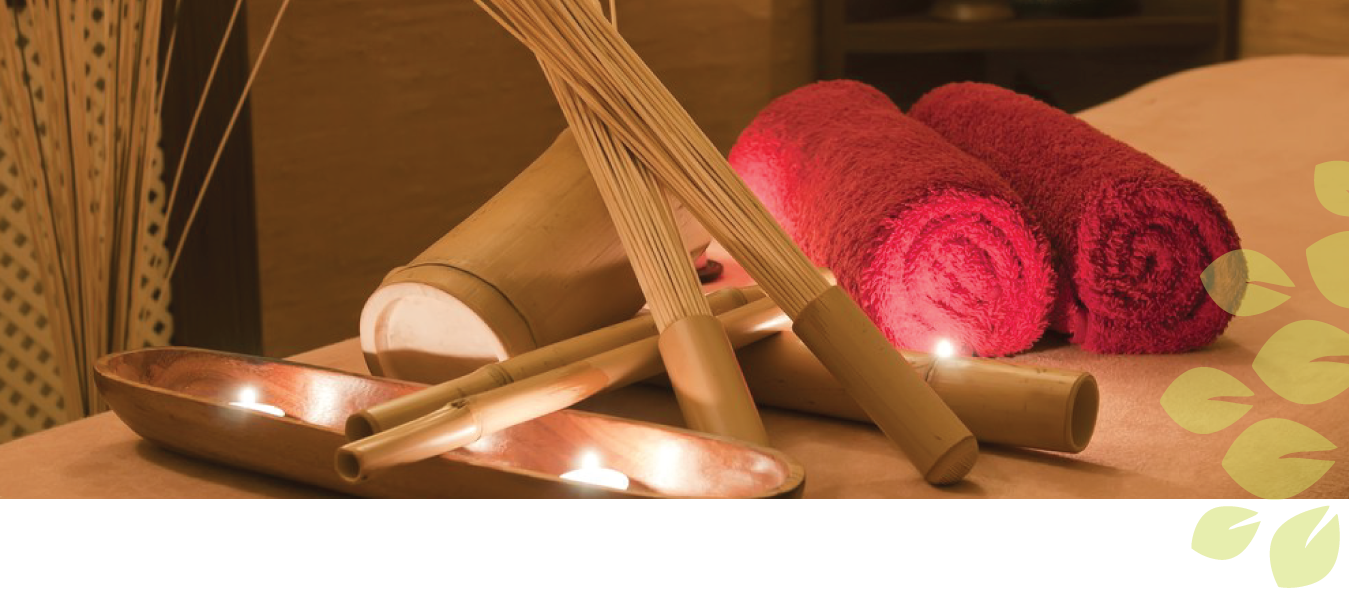
Relaxation Body Massage
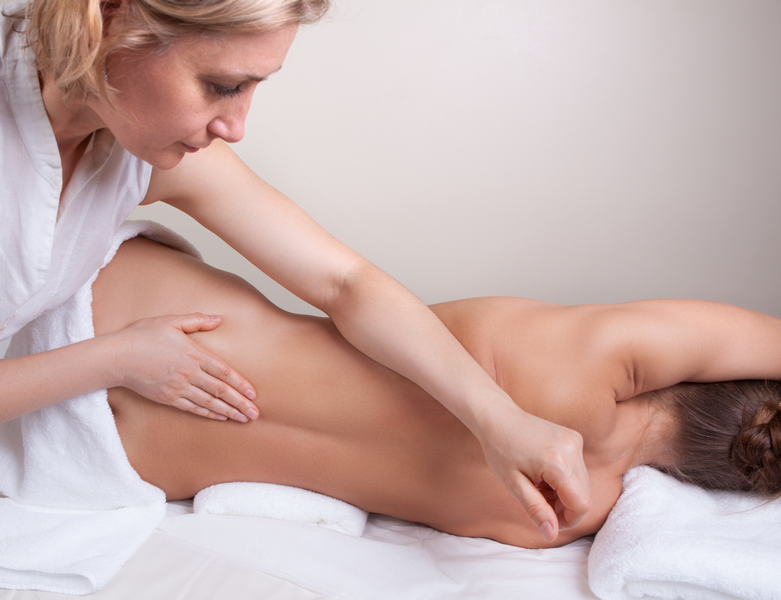
In its various forms, a body massage can help relieve a wide range of complaints. Research had shown that massage is particularly good for relieving stress related problems, anxiety and panic attacks through to asthma to constipation. Massage is effective in managing back pain and arthritic pain. Massage makes you feel good in lots of ways. It can have a positive effect on you whole body and mind, your bones, muscles, heart, aiding digestion and mental health. It is instinctive to give someone a hug to comfort and support them and massage is an extension of that.
Massage works in various ways.
- It relaxes and refreshes tired ,knotted and tight muscles
- It increases blood circulation
- It stimulates deep circulation, both of blood flow and lymph which helps body to heal and remove toxins from body
- Massage encourages your body to produce endorphins – the natural chemical that make your body feel better
Massage encourages blood flow, which increases the amount of oxygen and nutrients that reach your organs and tissues. Massage encourages your body to circulate the “good stuff”; it also removes the “bad stuff” waste products, toxins, carbon dioxide and excess fluid.
One of the greatest effects and gifts massage can offer is that it can make you feel much better about yourself, more relaxed in your skin and reconnects you to your body. It also produces a calm and peaceful sensation and connectedness to the world around you.
What to expect
Whatever kind of massage you are having, the massage therapist should ask you some basic questions about your medical history, lifestyle and general health.
Massage therapists will massage you with their bare hands, and possible with their arms as well. They may use some oils to make it easier to glide their hands across your skin and these oils often are scented. The strength of pressure will vary according to the massage type and the part of the body they are massaging.
The length of sessions can vary with each massage. Treatments can last from one hour to three hours, depending on the type of massage you are receiving and the techniques used in massage specifically tailored to your presenting complaint. Most massage times are around two hours in length. Whatever the time is, make sure you allow yourself time to get ready and be settled before and after massage.
Afterwards
You can expect to feel relaxed and calm after a massage. After massage, you may feel a little achy, or you can feel so relaxed that you a little sleepy and a bit vague. On the other hand, some massages make you feel energized; it just depends on what type of massage you are receiving. Whenever your massage is scheduled for, try to arrange to have your massage when you have a little time to enjoy its benefits. It may not be a good idea to plan an important presentation, host a children’s party or take a three-hour drive afterwards. Give yourself time to wind down; the massage will be of a lot more benefit if you do.
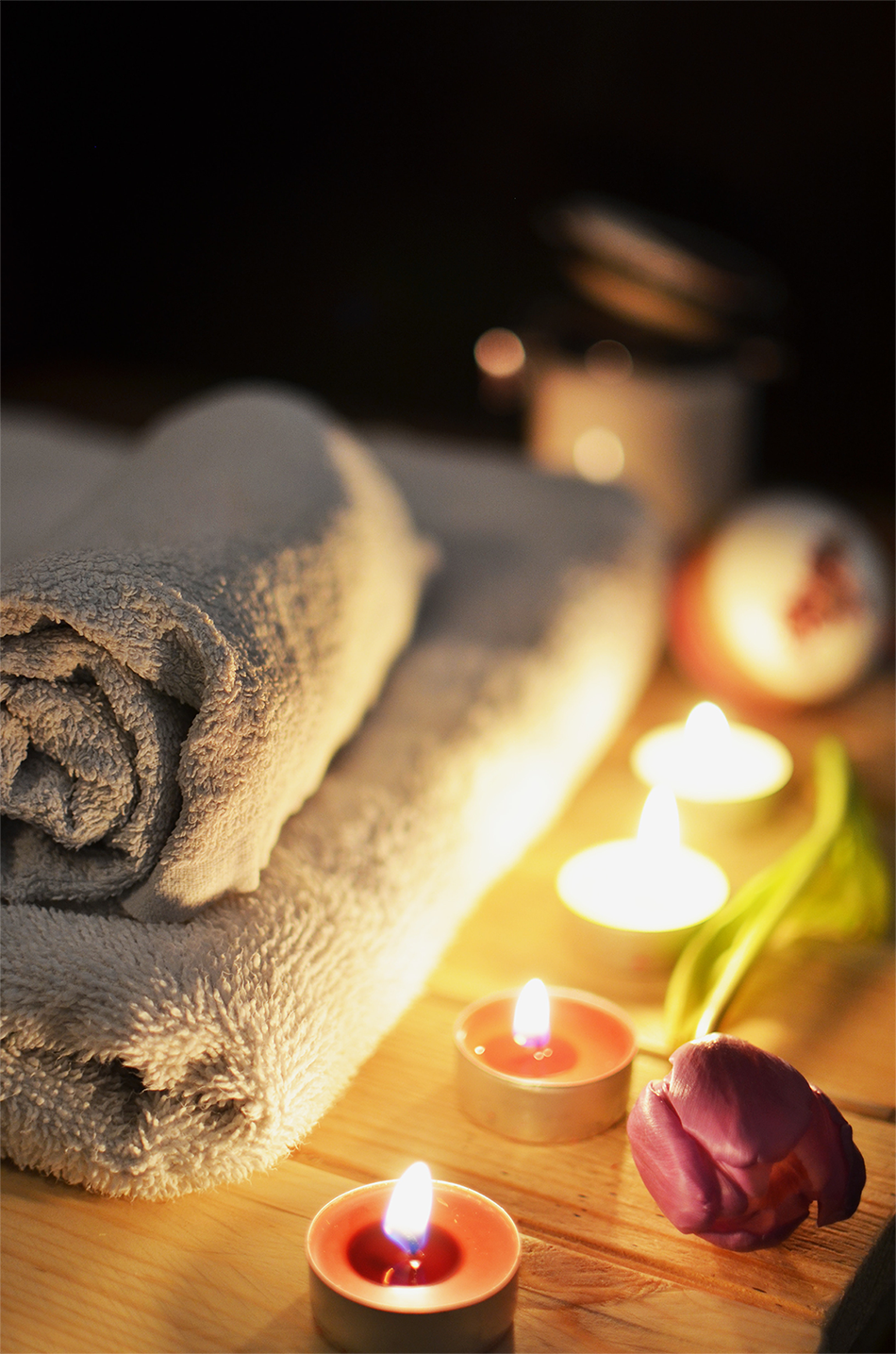
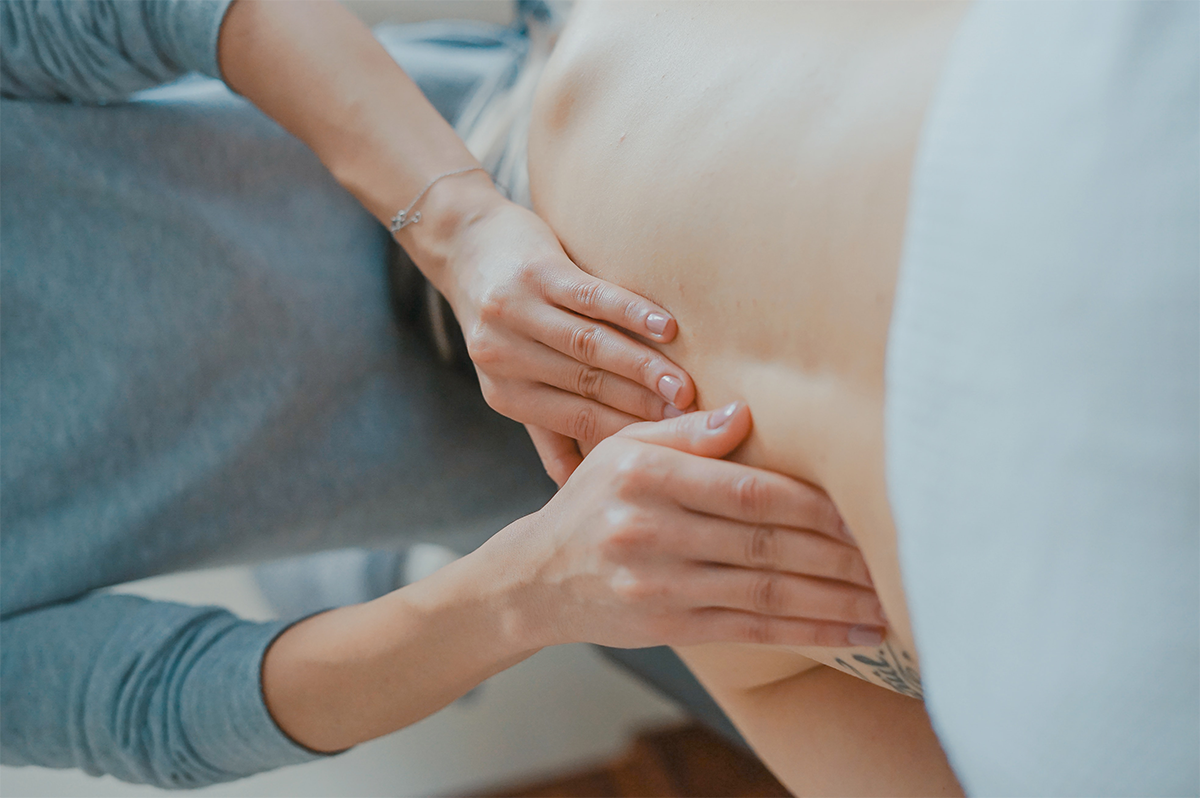
Different types of massage available
- Swedish massage: Best known and most widely practiced approach to massage. It focuses on improving blood flow to the skin, muscles and removing muscle tension. Swedish massage provides generalized relaxation, improves circulation, lowers blood pressure, reduces stress and enhances your overall state of health.
- Deep tissue and trigger point massage: Uses slow friction and deep finger pressure on body areas suffering from chronic muscle tension or areas that ache or feel contracted. This type of massage is useful for areas of hypertension, such as stiff neck or sore shoulders. Deep tissue work works well in combination with traditional Swedish massage.
- Myofascial release: a thin layer of tissue (called fascia) that helps maintain body posture, muscle shape, provides support and strength for all the muscles covers all muscle. Fascia can tighten or become stuck in places, constricting muscles, reduces muscles flexibility and not allowing them to completely relax. With myofascial release, the therapist gentle stretches fascia along the direction of muscle until the muscle is fully lengthened.
- Sports massage: sports massage aimed towards athletes and fitness enthusiasts; it is more vigorous than other forms of massage. Sports massage is used to warm up muscle tissue, assists in training, prevent injury and aid in healing in case of soreness or injury. It is used both before and after exercise in sports injuries such as strains, sprains and tendonitis.
- Reiki: reiki is a Japanese technique for stress reduction and relaxation that promotes healing. It is administered by “laying on of hands” and is based on the idea that the unseen “life force energy” flows through us and is what causes us to be alive. If one’s “life force energy” is low, then we are more likely to get sick or feel less healthy, and it is high, we are more capable of being happy and healthy. The healing works on all levels, physical, spiritual and emotional.
- Lymphatic drainage: a very gentle light repetitive strokes is used to stimulate the activity of the lymphatic system where there is swelling (oedema) present. Manual lymphatic drainage is used to reduce swelling (from bruising, fluid retention, hormonal imbalance, sinus congestion, inflammatory skin reaction, pregnancy induced swelling, arthritic pain) resulting from injury or post-surgery.
- Body relaxing massage and chakra well-being massage: A gentle and nurturing treatment that uses chakra and sound healing to activate and channel the dormant energy at the base of the spine, realigning the body’s rhythms and restoring a balanced state. Ideal for emotionally exhausted souls, this soothing treatment has a profound effect on the sympathetic and para sympathetic nervous systems.
This involves extensive body massage, often assisted by light fragrances, stones or crystals associated with each chakra. Based on the seven chakra centers, each bespoke treatment gives relaxation to the nervous system, sensuous lymphatic drainage, subtle healing of the chakras. The therapist will most commonly tailor their sessions to your own requirements and by identifying, the chakras, which are in need of assistance, and breathing exercises throughout the treatment
The idea is to allow your body to awaken its own energy sources by working through any blockages in your natural energy flow.
